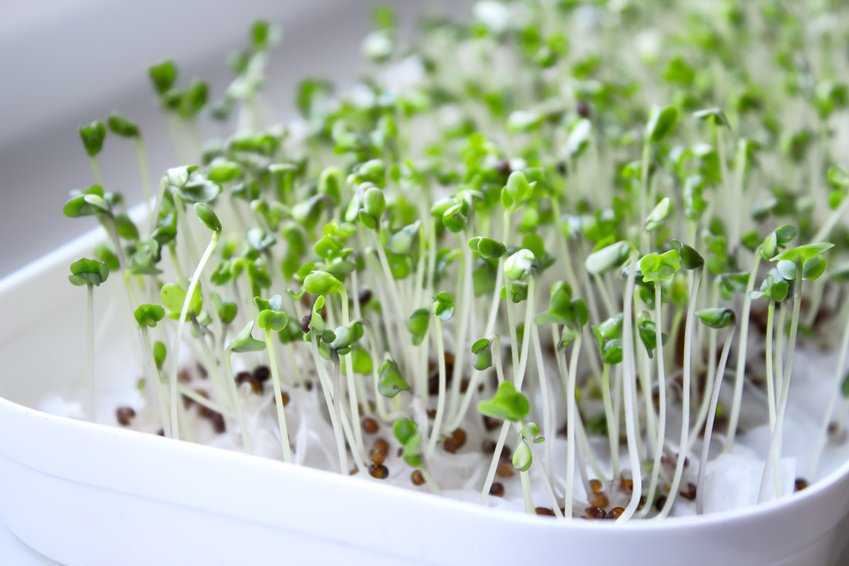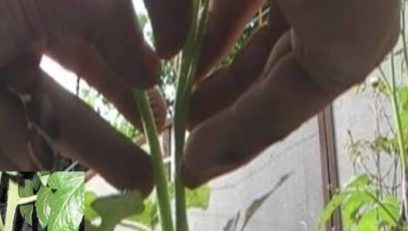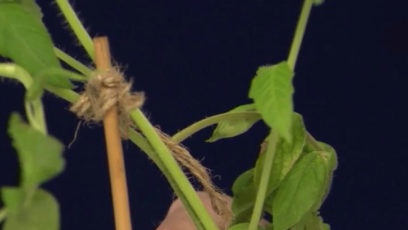Every gardener, even a beginner, dreams of getting a large crop of tomatoes in the summer and try ripened tomatoes, plucked directly from the bush. Tasty, meaty, with a thin skin, they are suitable for fresh consumption, for the preparation of salads, winter spins, sauces and ketchups, and freezing. But not everyone has the opportunity to plant 50-100 nightshade roots in personal plots. Gardeners came up with a method of increasing the yield on a minimum area by splicing two plants and removing a weaker one while preserving the root.
Ablution
Grafting a plant onto a plant by the rapprochement method is called ablactation. The stock is not cut, but is applied in open sections with graft to each other. In the future, the stock is simply removed.
Tomato ablution is used:
- To increase the root system that nourishes the plant.
- To obtain a decent crop on a minimum area.
- When overgrowing seedlings.
- To strengthen weak plants.
- To extend the fruiting period.
- For larger and more delicious fruits.
- To accelerate fruiting.
- For the disposal of large quantities of seedlings.
 You may be interested in:
You may be interested in:The disadvantages include:
- Poor coalescence of plants during a careless or careless procedure.
- Lack of yield increase with poor care.
- A cut and rooted rootstock is far behind in growth and does not always yield a crop.
- Tall tomatoes, as they grow, with a lack of support, may break at the vaccination site, and the crop will be lost, so when they are attached to a peg, they are fixed in 2 places below and above the splicing site.
Splicing method
 The best, most painlessly passing, moment of vaccination is vaccination when diving from a container with a lot of seedlings into separate cups. Principle of the method:
The best, most painlessly passing, moment of vaccination is vaccination when diving from a container with a lot of seedlings into separate cups. Principle of the method:
- For planting, you will need a large pot, on the bottom of which a drainage layer is filled, then fertile land for tomatoes.
- 2 bushes of tomato are planted in the prepared container at a distance of no more than 2 cm. They are allowed to take root and settle in a new space for about a week.
- A strip of non-woven material (lutrasil, spunbond) is cut off, double-sided tape is glued to the tip.
- Tomato is brought closer to each other and look at what height it is better to vaccinate. Thin strips of the skin about 5-7 cm in size are cut with a blade or a breadboard knife from the inner sides opposite each other.
- On a stronger seedling, an incision is made on the trunk in the form of a tongue, cutting the trunk 1/3 from bottom to top.
- On a weaker tomato bush, which is used as a scion, an incision is made from top to bottom.
- Carefully and gently insert the tongues into one another.
- The connection point is fixed with a nonwoven fabric bandage, which is fixed to the surface with adhesive tape.
- They clean the pot from a bright sunny place in the diffused light, monitor the watering, preventing the earthen coma from drying out.
- After 7-10 days, a visual inspection of the bushes is performed. If the scion looks depressed and weaker, it means that the vaccine was successful.
- They carefully cut it off without touching the stock. The cut-off point is wrapped with another piece of non-woven material or a piece of bandage, protecting against the penetration of microbes.
- After 14 days, the bandages are removed.
- If there is little seedlings, the cut off stem is rooted in a solution with a root-forming agent (1 drop of epin per 200 ml of water, 1.2 drops of aloe juice per 200 ml of water, 1 tsp of honey per 200 ml of water), if there are enough bushes, they will be disposed of.
- Further plant care no different from ordinary tomato care.
- Before conducting a total vaccination, it is worth experimenting on several plants so as not to be left without a crop.
Gardeners-experimenters plant different varieties of tomatoes to each other, getting on the same plant not only fruits of different sizes and shapes. An interesting option would be to get fruits of different colors from yellow to red on a tomato bush. This will provide the plant with the properties of different varieties, increase its resistance to diseases, increase the yield of fruits, due to the increase in nutrients from the roots on a minimum amount of area. Some lovers successfully plant tomatoes on other nightshade crops (potatoes) or on pepper.





 Low-growing tomatoes, without pinching: 5 of the most delicious varieties
Low-growing tomatoes, without pinching: 5 of the most delicious varieties Why tomato seedlings grow poorly
Why tomato seedlings grow poorly We grow a tomato in a shell
We grow a tomato in a shell Growing tomatoes without watering according to the method of Kazarin
Growing tomatoes without watering according to the method of Kazarin